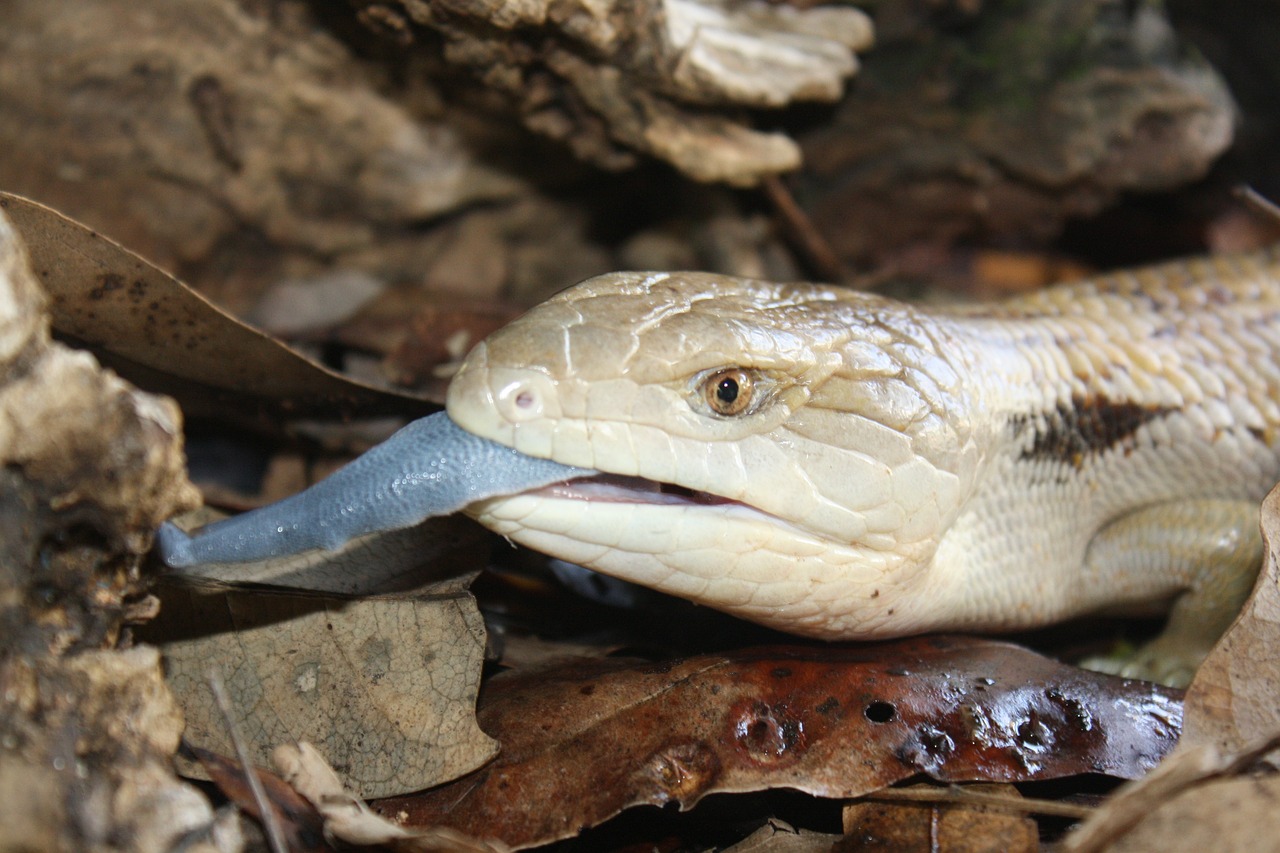Attachments
Note: Not all attachments are visible to the general public. Research URLs will go live after the embargo ends.

Journal/
conference: Pacific Conservation Biology
conference: Pacific Conservation Biology
Research:Paper
Organisation/s:
The University of Western Australia
Funder:
This study was funded by the Northcote Trust PhD scholarship (SC), a private donation via the Blackwell family, and the Walking Together Project. The Walking Together Project 2020–2024 was a partnership between University of Western Australia and South Coast Natural Resource Management, supported by Lotterywest, UWA’s Research Priority Fund, and a startup grant from Janet Holmes à Court.



 Australia; WA
Australia; WA


